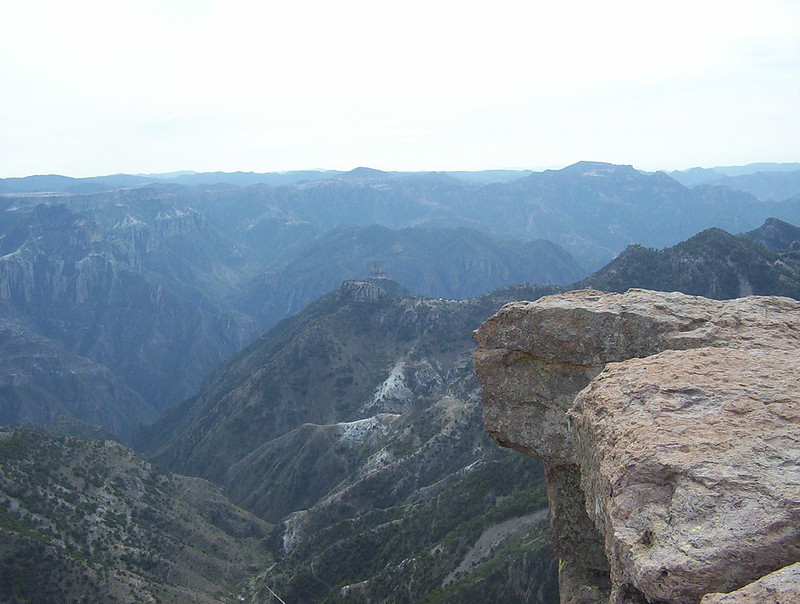Ban’ei, originating in early 20th century Hokkaido, Japan, is an equestrian sport where robust draft horses pull heavy sleds over steep, sandy tracks. Established as a test for agricultural horses’ strength and endurance, it rapidly became a celebrated local tradition.
The powerful horses, often Percheron or Belgian breeds, receive meticulous care and specialized training to navigate the challenging tracks. Jockeys employ precise weight distribution and rein control to optimize balance and stamina.
While this sport is deeply rooted in cultural tradition, it raises significant concerns regarding animal welfare and protection.
History and Origins
Ban’ei, a unique and culturally significant form of horse racing, traces its origins back to the early 20th century in Hokkaido, Japan. Initially conceived as a test of agricultural horses’ strength and endurance, Ban’ei quickly gained traction among local farmers.
The early development of Ban’ei was characterized by its distinctive format, which involved horses pulling heavy sleds over a dirt track with steep inclines. This unique racing style mirrored the rigorous demands placed on working horses in the region.
As the sport evolved, it garnered regional popularity, becoming a celebrated tradition that reflected the resilient spirit of Hokkaido’s community. Ban’ei’s growth from a local pastime to a regional spectacle illustrates its deep-rooted connection to the area’s cultural heritage.
The Horses
The horses used in Ban’ei racing are typically robust and powerful draft breeds. They are specifically bred and trained to endure the sport’s demanding physical challenges.
These magnificent animals, often weighing over a ton, include breeds such as the Percheron and Belgian. Their sheer strength and endurance are vital for pulling heavy sleds over steep obstacles.
Horse care in Ban’ei racing is paramount, encompassing meticulous grooming, balanced nutrition, and regular veterinary checkups to maintain peak health. Trainers and handlers invest significant time in specialized training regimens to make sure that these horses can perform at their best.
The commitment to horse care and the selection of resilient horse breeds are key elements that contribute to the thrilling and unique spectacle of Ban’ei racing.
The Track
The Ban’ei racing track is designed to test both horse and handler. It features a unique layout that includes steep inclines and heavy, sandy terrain. This distinctive track demands meticulous maintenance to ensure ideal conditions. It balances the challenge for the horses with the safety of all participants.
Designers thoughtfully create spectator facilities, offering unobstructed views and comfortable seating to enhance the viewing experience. The rugged track and strategic upkeep reflect the spirit of resilience and freedom that Ban’ei embodies.
| Feature | Description |
|---|---|
| Inclines | Steep slopes designed to challenge horses |
| Terrain | Heavy, sandy surface requiring strength |
| Track Maintenance | Regular upkeep to sustain safe conditions |
| Spectator Facilities | Comfortable seating with clear track views |
This combination of features makes the Ban’ei track a true test of endurance and skill.
Major Events
Among the most anticipated fixtures in the Ban’ei racing calendar, major events draw significant attention from enthusiasts and participants alike. These events showcase not only the traditional strength and endurance of draft horses but also the sport’s modern adaptations.
Key races such as the Ban’ei Kinen (held in Obihiro, Hokkaido) and the Obihiro Grand Prix serve as pinnacles of the season, attracting a significant international presence. These competitions have evolved to incorporate technological advancements and media coverage, broadening their appeal globally.
Consequently, Ban’ei racing now enjoys a diverse audience, thereby enhancing its profile on the world stage. Moreover, the integration of contemporary elements ensures that these major events remain relevant and engaging for both seasoned aficionados and new fans.
Animal Protection Concerns
There are several animal protection concerns regarding Ban’ei races, here are some of them:
- Physical Strain and Injury: The heavy sleds used in Ban’ei racing can weigh up to a ton, and pulling such substantial loads can place extreme physical strain on the horses. This can lead to injuries, both acute and chronic, affecting their muscles, joints, and overall health.
- Training Practices: The training methods used to prepare horses for Ban’ei races may also raise welfare concerns. Horses may undergo rigorous training to build the strength and endurance for races, which can be stressful and harmful.
- Race Conditions: The conditions of the race, including the track surface and obstacles, can pose additional risks. Horses might slip, trip, or fall, leading to injuries. The weight of the sled and the nature of the obstacles might exacerbate these risks.
- Whipping and Encouragement: Like other forms of horse racing, the use of whips or other means to encourage the horses during a Ban’ei race can be controversial. Excessive or inappropriate use of whips can cause pain and distress to the animals.
- Aftercare: The welfare of horses after their racing careers is also a significant concern. Ensuring retired Ban’ei horses receive proper care and are not neglected or abandoned is crucial for their well-being.
- Public Awareness and Regulation: There may be varying levels of public awareness and regulatory oversight concerning animal welfare in Ban’ei racing. Ensuring that there are adequate regulations and enforcement mechanisms to protect the horses is essential.
Efforts to address these concerns often involve advocating for better welfare standards, increased transparency, and stricter regulations to ensure the humane treatment of horses involved in Ban’ei races.
Additionally, promoting alternative and less physically demanding forms of entertainment that do not compromise animal welfare can be part of the broader effort to protect these animals.

